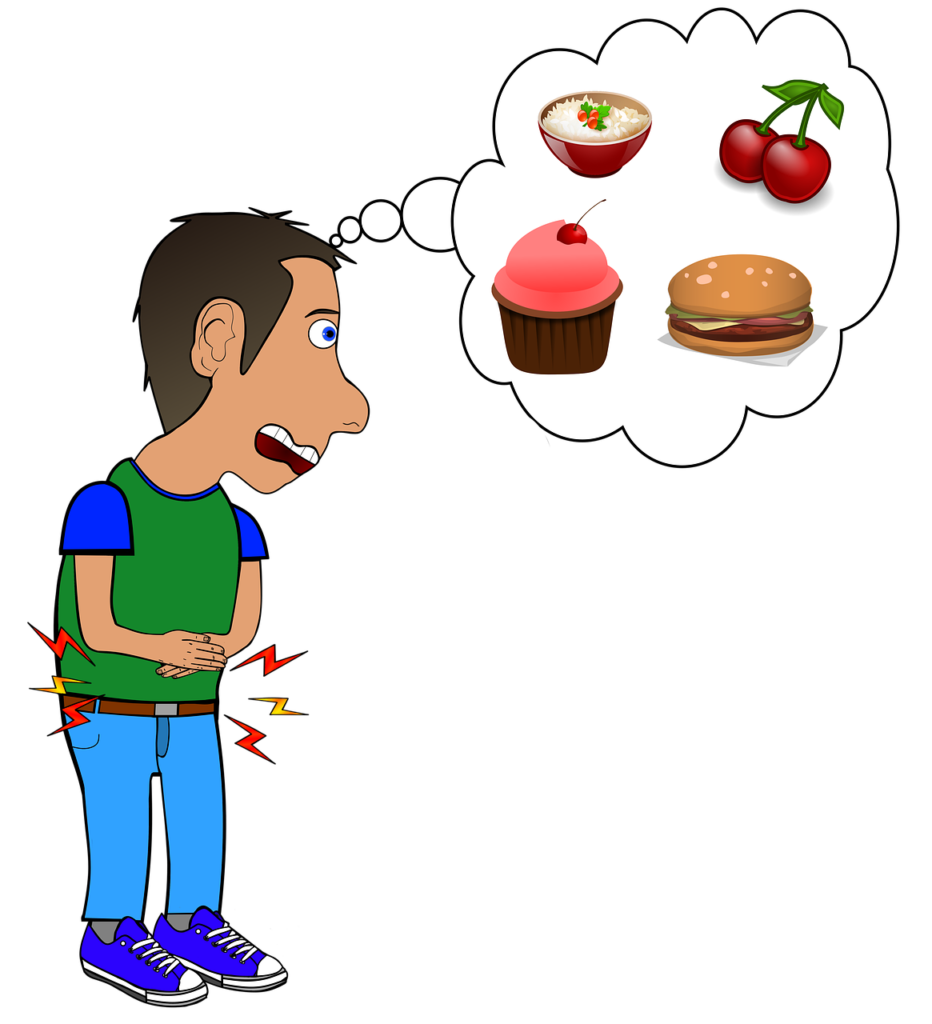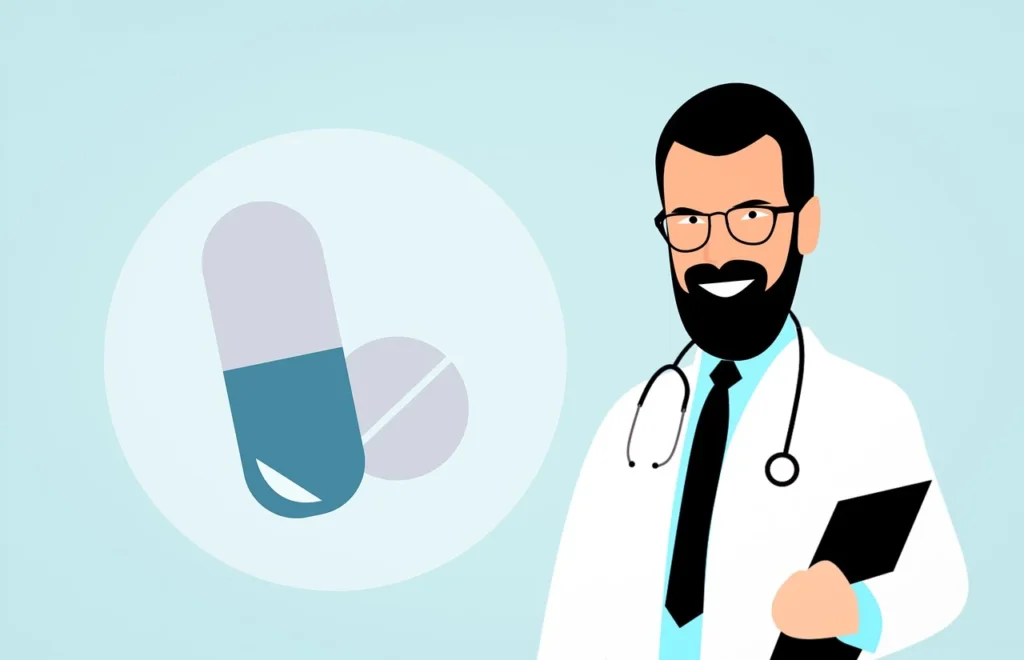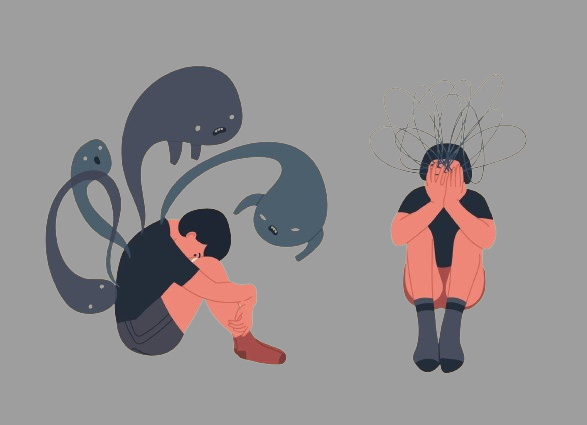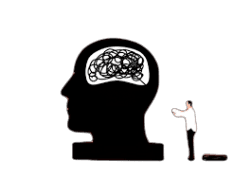The most prevalent eating disorder is binge eating disorder, despite the fact that it’s frequently misinterpreted and misdiagnosed.1. Complex mental problems, eating disorders may need for extensive treatment. The FDA has approved a few drugs, such as lisdexamfetamine (Vyvanse) and fluoxetine (Prozac), to treat the symptoms of bulimia and binge eating.2. On the other hand, doctors might potentially prescribe additional medications off-label.
What is binge eating disorder?
An important condition is binge-eating disorder. It’s always accompanied by an inability to quit eating. It also frequently entails consuming far more food than is customary.

Most people overindulge occasionally, such when they eat seconds or thirds of a festive meal. However, experiencing compulsive eating on a daily basis and consuming unusually large amounts of food could be signs of binge-eating disorder.
Binge eaters frequently experience feelings of embarrassment or humiliation following their eating episodes. As a result, people with the illness frequently experience phases when they attempt to drastically reduce or restrict their eating. However, this can instead heighten appetite cravings and result in a never-ending cycle of binge eating. Those who are receiving treatment for binge-eating disorder may feel more in charge of and in balance with their eating.
Signs and symptoms
Binge eating disorder signs and indicators could include:
- Eating until one becomes uncomfortable and beyond satisfied.
- Eating too quickly to register the quantity or sensation of what you’re consuming.
- Consuming a lot of food after a recent meal or when you’re not hungry.
- Emotional eating is the act of eating in reaction to emotional stress.
- Avoiding communal dining and eating in private and alone.
- Arranging your timetable to accommodate periods of binge eating.
- Storing food in secret locations and hoarding it for later use.
- Hiding you’re eating habits from other people out of embarrassment about how much you’re consuming.
- Obsessive thoughts and cravings related to food.
- Frequent dieting, which could result in weight loss or swings in weight.
- Anxiety, regret, embarrassment, and low self-esteem associated with binge eating.
Signs and symptoms of binge eating can occasionally be seen in many persons. You might have a condition if they start to repeat frequently (once a week or more). Relationships and stress are two environmental factors that might have an impact on your behavior and mental health. These ailments could work in concert with other factors to drive you to cross the boundary from sporadic disordered behavior to fulfilling BED criteria.
Risk factors
The following factors may increase your risk of developing binge eating disorder:

- An eating disordered familial pattern.
- A problematic emotional coping pattern within the family.
- A past filled with abuse or suffering.
- An individual’s past of food insecurity.
- A mental illness, like depression.
- An anxiety disorder, either specific or generic.
- ADHD stands for attention deficit/hyperactivity disorder.
- Addiction to substances (SUD).
- Disorder of body dimorphic (BDD).
- Executive dysfunction.
Binge eating Disorder diagnoses
When diagnosing eating disorders, medical professionals enquire extensively about your actions, emotions, and ideas. Although you may feel uncomfortable sharing these details, being truthful is crucial to receiving the proper diagnosis and course of therapy. You can first consult with your primary care physician or look for a mental health professional. The diagnosis can be made by either one.
Does binge eating disorder have a test?
Although there won’t be a test, the questions you must respond to may resemble a quiz. Your physician will evaluate your responses in light of the DSM-5’s diagnostic criteria. They could also inquire about additional topics not covered in the handbook. They will diagnose binge eating disorder if they believe you fit the diagnostic criteria.
Binge Eating Disorder Treatment
Treatment for eating disorders can be intricate and multidisciplinary. Many evidence-based psychotherapy models, such as family therapy, acceptance and commitment therapy (ACT), DBT for eating disorders, cognitive behavioral therapy (CBT), and psychodynamic therapy, can be used to treat binge eating disorder. The goals of therapy may include enhancing general self-esteem, learning new coping mechanisms, and identifying emotional triggers.

Other healthcare components, such as dietician support and collaboration with other medical specialists, may also be a part of the treatment plan. Hospitalization may be necessary for those with eating disorders in moderate or severe situations. This becomes especially important when someone is very dehydrated or malnourished. Furthermore, a patient can be referred to an inpatient facility or a higher level of partial hospitalization if outpatient therapy is insufficient to address their symptoms.
Best medications
When addressing eating problems, behavioral therapies—such as counseling—are frequently suggested first. Medication may be suggested, meanwhile, in order to address additional symptoms, elevate mood generally, and control an individual’s desire to eat and feel full. New drugs to treat binge eating disorder are probably in the works as a result of increased public awareness of the psychological and physiological effects of the disorder.
To treat the symptoms of binge eating disorder, a doctor may prescribe one or more of the following drugs:
Lisdexamfetamine dimesylate (Vyvanse)
Adults with binge eating disorder are treated with lisdexamfetamine dimesylate, also known as Vyvanse. Despite the fact that its exact mechanism of action is unknown, it was the first FDA-approved medication for binge eating disorder. The medication is thought to aid in the regulation of impulsive behavior, which leads to binge eating.
Common side effects
When lisdexamfetamine dimesylate is used to treat BED, common adverse effects include:
- throwing up
- emesis
- stomach ache
- Constipation
- appetite decline
- Anxiety
- Intolerance
- Loss of weight
SSRIs, or antidepressants
Antidepressants in the selective serotonin reuptake inhibitor (SSRI) class. Because they raise brain chemicals that, if too low, might affect appetite and mood, they are occasionally given to treat binge eating disorder. SSRIs function by raising serotonin levels in the brain, which is known to improve mood.

SSRIs that are often recommended for BED:
- Paxil
- Zoloft
- Prozac
Common side effects
Adverse effects of SSRIs used to treat BED include:
- Brutality
- Nervous
- Having lightheadedness or trembling Indigestion
- Experiencing or being ill
- hazy vision
- appetite decline
- Loss of weight
- mouth dryness
Medicine that prevents seizures (topiramate)
Patients may be prescribed anti-seizure medications, such as topiramate (Topamax), occasionally. Topiramate is used to lessen the desire to overindulge in food. Although it suppresses hunger in certain individuals, it may alter brain chemicals linked to binge eating. However, care must be taken because using anti-seizure medications for binge eating disorder has been linked to substantial negative effects.

Common side effects
Typical side effects of topiramate used to treat BED include:
- Feeling sleepy
- fatigue
- Decrease in coordination
- lightheadedness
- tingling in the feet or hands
- unpleasant aftertaste
- appetite decline
- Loss of weight
- The diarrhea
Avoidance
In the event that your kid engages in binge eating:
- Show acceptance of your body, no matter what size or form it is. Make it plain that unless a food allergy has been identified, dieting or limiting food intake is not healthful.
- Any worries you have should be discussed with your child’s medical practitioner. The medical practitioner might be well-positioned to spot early signs of an eating disorder and assist in obtaining prompt, professional treatment. The expert can also suggest beneficial websites that you can use to help your youngster.



